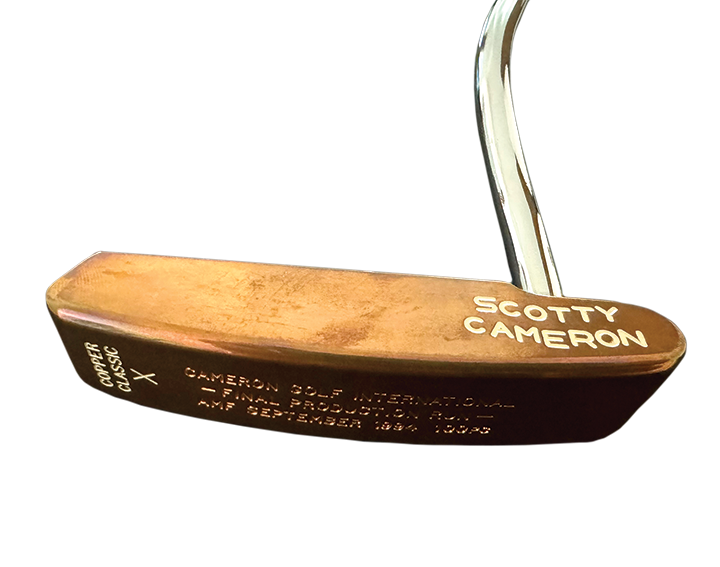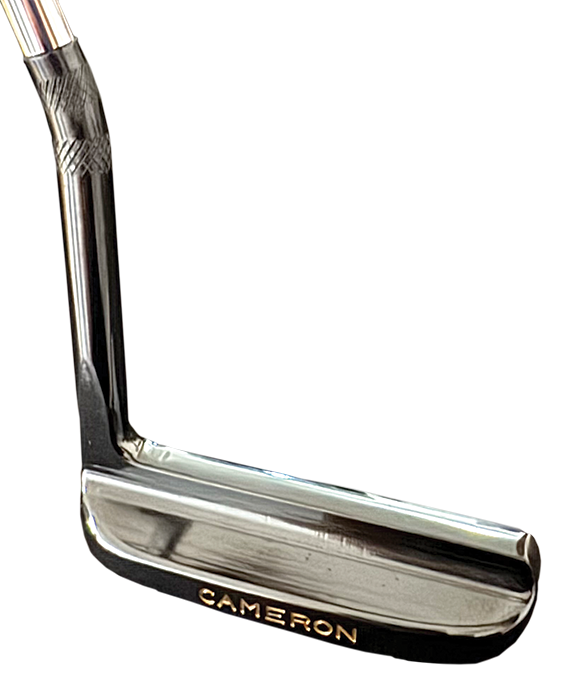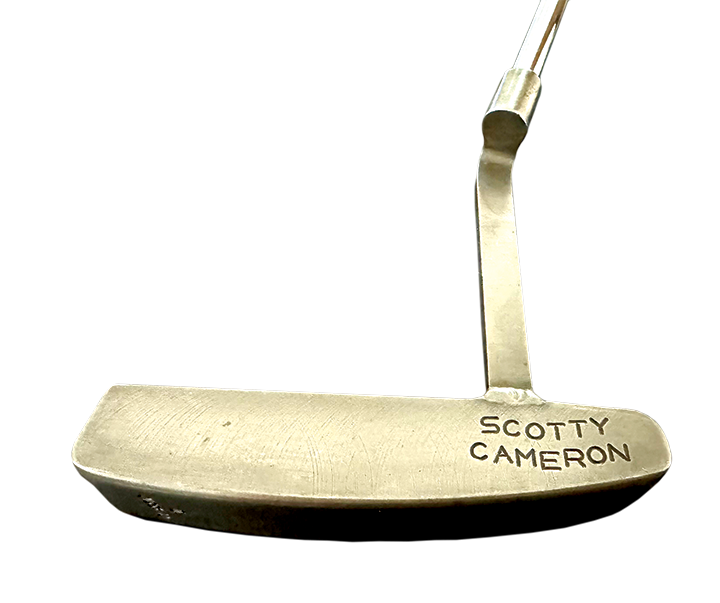Bill Vogeney continues his series of articles on collecting Scotty Cameron putters.
The Golf, Summer 2024
Journal of the Golf Heritage Society
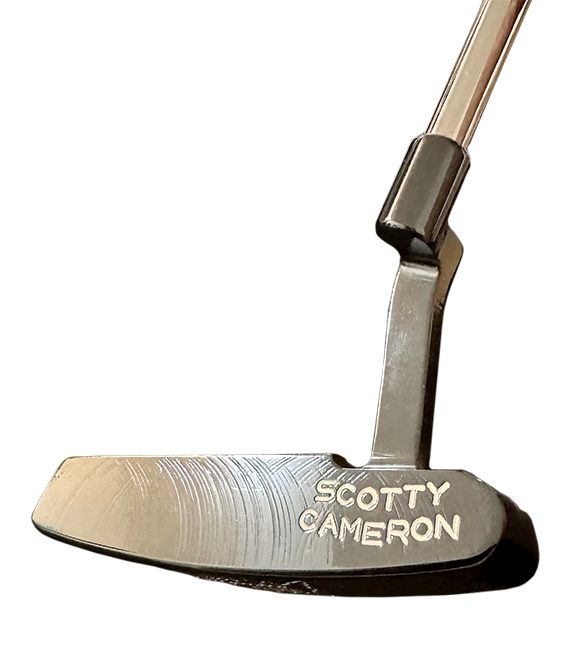
By Bill Vogeney
After he left Mizuno in the summer of 1993, instead of planning a new line of putters for Mizuno in 1994, Scotty Cameron decided to introduce the putters under his new company, Cameron Golf International.
Inspired by classic shapes, Scotty’s goal for the Classic series was to improve the playability of these original designs. His use of solid carbon steel resulted in a soft feel, which was becoming more important on tour as advances in agronomy led to faster green speeds. In addition, modern milling technology allowed for consistent head weights and perfectly flat faces. The Classic I, II and III were the original models that were planned to be part of the Mizuno lineup in 1994.
Here are all the base models from the Classic line and the putters that inspired them:
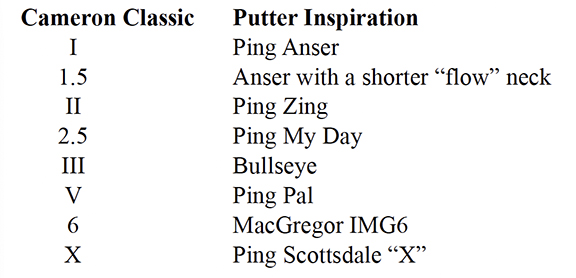
Of these models, the Classic I was by far the most popular with about 10,000 putters produced. The III and the 6 seem to be the rarest of the models; about 150 Classic III and less than 500 of the Classic 6 were made.
In 1994, as a follow up, Scotty introduced the Scottsman line. Unlike the Classic line, these seven models did not have a direct lineage to a prior inspired design. Conceived by Scotty to be offered at a lower price point ($210 in 1994 dollars) than the Classics, which were priced at $300, these had a short production cycle, which ended when Scotty agreed to join Titleist late-summer of 1994. No more than 500 of each model were made, and the 943 and 947 may have had only three made of each. The production cost of these models or competition from his other designs caused Scotty to focus on the other five models. Below are scans of the original Scottsman and Classic brochures for reference.
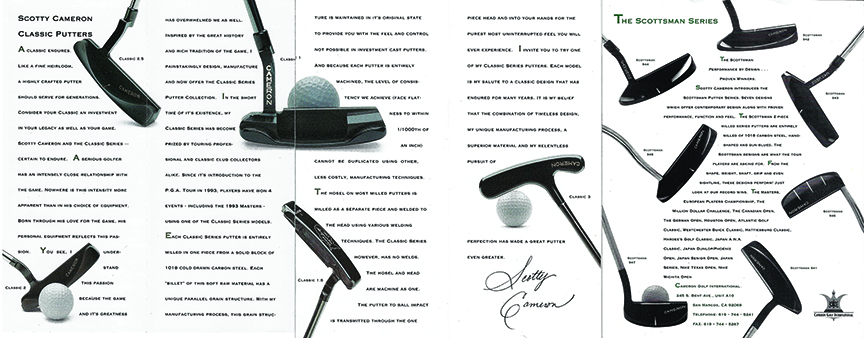
So, what are these worth in today’s market? The standard models are worth as little as $400 in well used condition and can be worth as much as $2,000. Many of these putters have been refinished, which like persimmon woods, tend to be worth not much more than the cost of a top-quality refinish. Originality, including grip and headcover, is key! The milling on these tend to be fairly unique and, compared with many newer Cameron putters, is not as sharp and crisp. Original putters will also have what is known as “mill chatter” on the sole. This distinctive pattern almost never survives a refinish process.
Also included below are a few pictures of rarer variations and one-of-a-kind tour putters to show what’s possible if you decide to take the collecting plunge with a Cameron Classic or Scottsman model. These putters were made during a time Scotty was experimenting with different necks and grinds to create different looks and feels from the same basics, which makes it difficult to cover all of the possible variations.
Feel free to contact me directly at vogeygolf@gmail.com if you find something that seems to be a little different from these early years of Scotty’s career.
Next time I’ll focus on other early Scotty Cameron putters he designed and produced before joining Titleist.
